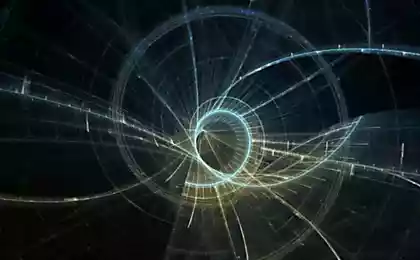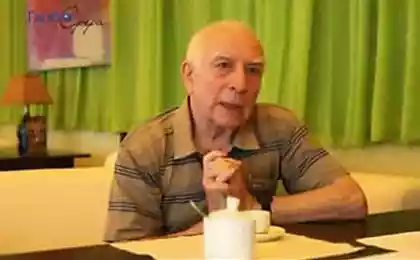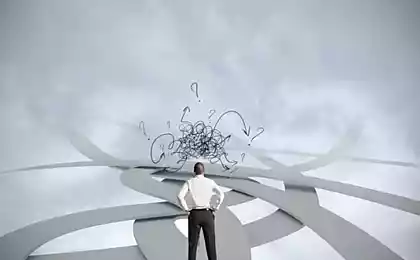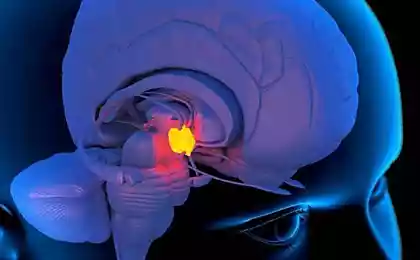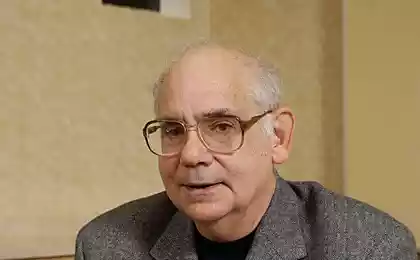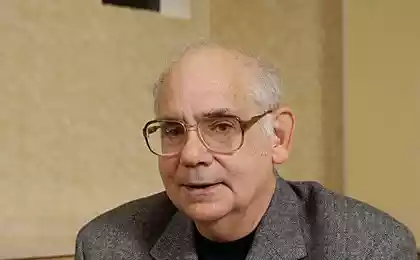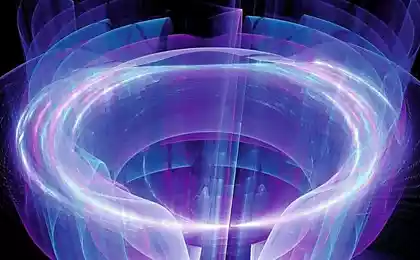545
As the quantum Zeno effect stops time
Zeno of Elea - The Greek philosopher, who suggested that if the time divided into many parts, then the world will freeze. It turned out that Zeno was right ... at least when it comes to quantum mechanics.
Continuation of the cut.
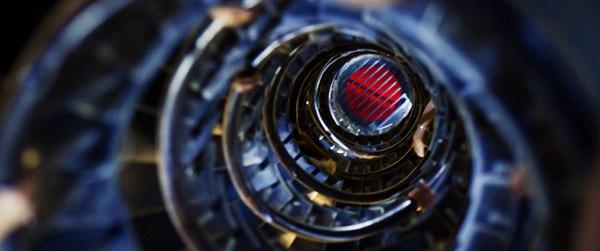
Physicists from the University of Texas - George Sudarashan and Baydanat Misra, Zeno effect offered evidence showing that it is possible to stop the disintegration of the atom just watching him often enough.
Zeno of Elea, was a philosopher who wandered through southern Italy, two and a half thousand years ago, proving that nothing is true. He did this by offering a series of paradoxes, among which was the proof that nothing ever moves ... and in the case of this paradox, the researchers only in 1977 were able to catch up with crazy ideas Zeno.
The official name of the modern scientific theory - quantum Zeno effect, and it is based on a fairly well-known paradox Arrows. The arrow flies through the air. Its mission is a series of states. The status is the shortest period of time possible. At any given state, the arrow is motionless. If it had not been fixed, it would be two states, one in which the boom is in the first position and the second, where the arrow is in the second position. This causes a problem. There is no other way to describe the condition, but if the time is composed of a plurality of states, and the boom does not move in either of them, the boom can not move at all.
The idea of reducing the time between the two observations movements interested in physics. They realized that the decay of some atoms can be manipulated using the Arrow paradox. Sodium atoms, which is not under surveillance has the potential to decay, at least from our point of view, the atom is in a superposition. He's like a decayed or not. Check impossible until no one will look at it. When this occurs, the atom goes to one of two states. It's like a coin toss, a 50/50 chance that the atom has decayed. At a certain point in time, after he went into a state of superposition, there is a greater chance that it is not broken up by observing him. At other times, on the contrary, he would rather break up.
Suppose that the atom soon fell apart after three seconds, but it is unlikely that broke up after one. If you check out after three seconds, the atom would rather decomposed. However, Mishra and Sudarashan suggest that if the atom is checked three times per second, then the probability that it will not disintegrate grows. It sounds like bullshit, but that's exactly what happens. The researchers conducted surveillance of atoms and, depending on the frequency of measurements, they increase or decrease the chance of decay than is the case with the normal situation.
"Enhanced" is the result of the collapse of the Quantum Anti-Zeno effect. If properly adjust the frequency of measurements, you can force the system to disintegrate rapidly or slowly. Zeno was right. We really can stop the world, the main thing to learn how to look at it right ... At the same time, we can and lead to its destruction, if we are not careful.
© tyreno here.
Source:
Continuation of the cut.

Physicists from the University of Texas - George Sudarashan and Baydanat Misra, Zeno effect offered evidence showing that it is possible to stop the disintegration of the atom just watching him often enough.
Zeno of Elea, was a philosopher who wandered through southern Italy, two and a half thousand years ago, proving that nothing is true. He did this by offering a series of paradoxes, among which was the proof that nothing ever moves ... and in the case of this paradox, the researchers only in 1977 were able to catch up with crazy ideas Zeno.
The official name of the modern scientific theory - quantum Zeno effect, and it is based on a fairly well-known paradox Arrows. The arrow flies through the air. Its mission is a series of states. The status is the shortest period of time possible. At any given state, the arrow is motionless. If it had not been fixed, it would be two states, one in which the boom is in the first position and the second, where the arrow is in the second position. This causes a problem. There is no other way to describe the condition, but if the time is composed of a plurality of states, and the boom does not move in either of them, the boom can not move at all.
The idea of reducing the time between the two observations movements interested in physics. They realized that the decay of some atoms can be manipulated using the Arrow paradox. Sodium atoms, which is not under surveillance has the potential to decay, at least from our point of view, the atom is in a superposition. He's like a decayed or not. Check impossible until no one will look at it. When this occurs, the atom goes to one of two states. It's like a coin toss, a 50/50 chance that the atom has decayed. At a certain point in time, after he went into a state of superposition, there is a greater chance that it is not broken up by observing him. At other times, on the contrary, he would rather break up.
Suppose that the atom soon fell apart after three seconds, but it is unlikely that broke up after one. If you check out after three seconds, the atom would rather decomposed. However, Mishra and Sudarashan suggest that if the atom is checked three times per second, then the probability that it will not disintegrate grows. It sounds like bullshit, but that's exactly what happens. The researchers conducted surveillance of atoms and, depending on the frequency of measurements, they increase or decrease the chance of decay than is the case with the normal situation.
"Enhanced" is the result of the collapse of the Quantum Anti-Zeno effect. If properly adjust the frequency of measurements, you can force the system to disintegrate rapidly or slowly. Zeno was right. We really can stop the world, the main thing to learn how to look at it right ... At the same time, we can and lead to its destruction, if we are not careful.
© tyreno here.
Source:

